How to Prevent Tooth Decay in Your Daily Life?
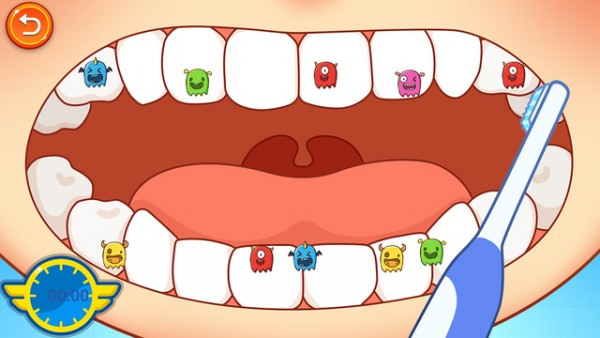
When the enamel that protects the teeth is corroded by acids and bacteria, many small holes appear on the surface of the teeth. This is the so-called caries (commonly known as fangs). These small holes will gradually grow bigger. Once the enamel is completely lost, the cavities will continue to develop. If left untreated, it can even lead to pulp nerve and blood vessel necrosis. Filling the teeth is the only way to remedy tooth decay. If you can't make up for it, you can only accept root canal treatment or tooth extraction. However, you don't need to worry too much. Before you see a dentist, follow the instructions in this article to prevent tooth decay from continuing to worsen.
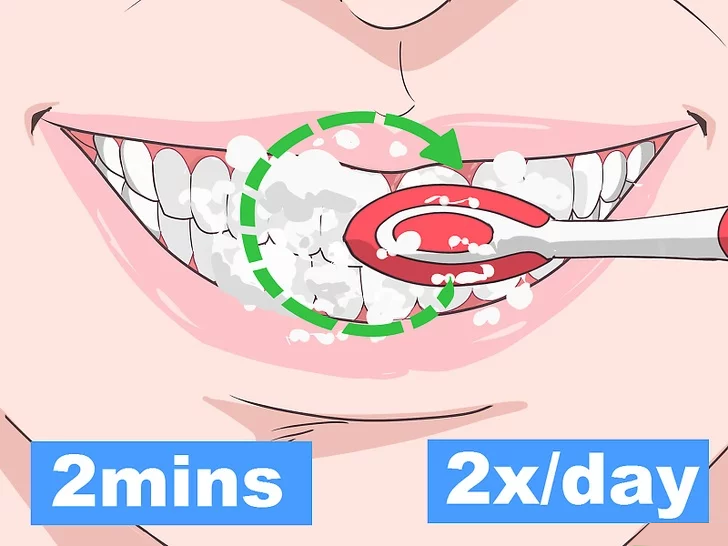
In theory, brushing can prevent tooth decay. In fact, brushing your teeth can also prevent tooth decay. The food residue accumulated on the teeth causes the bacteria to grow and deepen the cavities, causing it to deteriorate. When brushing your teeth, carefully brush your teeth to remove food debris and slow down the process of dental caries.
--Use a soft-bristled toothbrush, don't brush too hard. Gently move the brush head back and forth for at least 2 minutes each time.
--Brush your teeth twice a day and brush your teeth after eating. If you have cavities, be sure to keep your mouth clean, as plaque will form less than 20 minutes after eating.
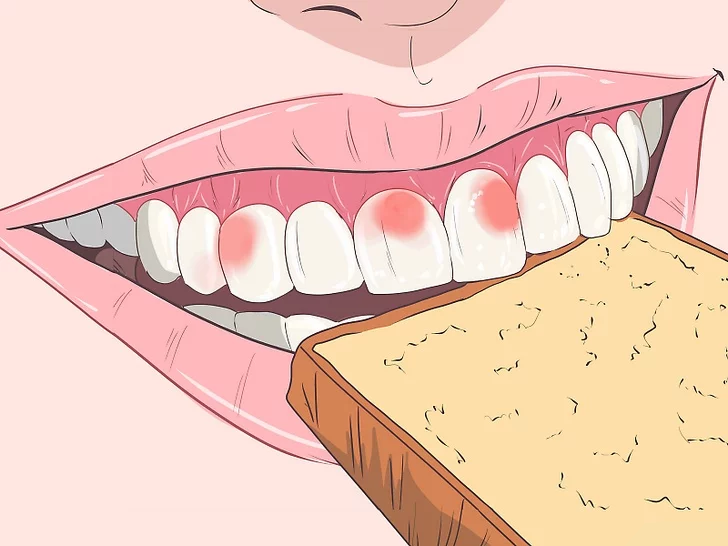
2).Pay attention to the symptoms of tooth decay.
The tooth decay is gradually developed, and sometimes there may not be too many symptoms in the process. Therefore, you have to undergo regular dental checkups. There are several signs of tooth decay in the process of formation and development. If you have any of the following symptoms, please see your dentist immediately. Before taking a doctor, you can take some steps to prevent tooth decay.
--There are white spots on the teeth. This is because the minerals in the enamel are corroded by acidic substances, which may be early signs of tooth decay or dental fluorosis. The fangs of this period can still be reversed, so once you find white spots, be sure to take immediate action.
--The teeth are sensitive. It usually happens after eating sweet, hot or cold drinks and food. [8] Many people are sensitive to teeth, which is not necessarily a sign of tooth decay. If you haven't seen this before, but suddenly some food or drink makes your teeth sensitive, you should pay attention to it.
When you bite something, your teeth hurt.
When you bite something, your teeth hurt.
--Toothache. When the tooth decay slowly develops and affects the nerve, the affected tooth may always have pain. Eating may cause the teeth to be more painful or not. Toothache can also be spontaneous.
--The teeth have obvious holes. This means that the tooth decay has reached a very serious degree, deeply eroding the teeth.
--The tooth decay may not have any symptoms, but it always exists and grows bigger.
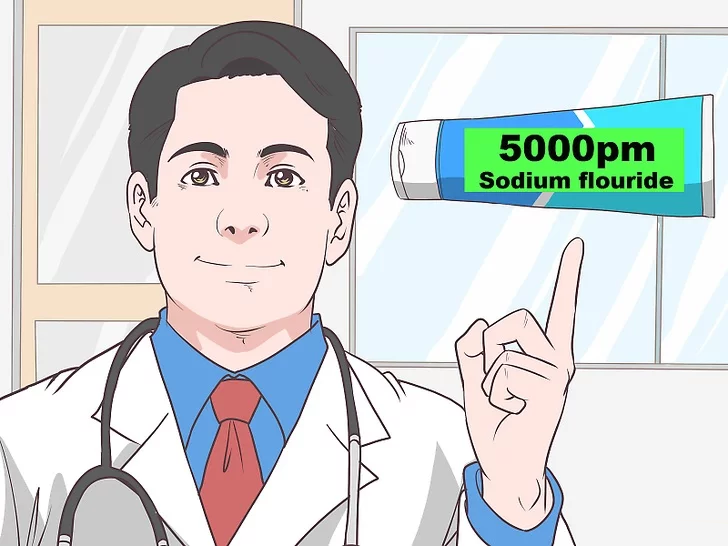
3).Perform fluoride treatment.
Fluoride can inhibit bacteria and prevent them from multiplying in the mouth.Fluoride also remineralizes the enamel, making the teeth stronger and helping to resist tooth decay. If you can find cavities early, good fluoride treatment can even reverse the cavities. You can buy over-the-counter fluorochemicals, and a more potent prescription-grade product requires a prescription from a dentist. It is best to go to the dentist to get professional fluorochemical products, but you can use several products before waiting for medical treatment.
--Fluoride toothpaste. Most over-the-counter ointments contain sodium fluoride in the range of 1,000 to 1,500 parts per million. The dentist can also give you a prescription-grade toothpaste with a sodium fluoride content of about 5,000 parts per million.
--Fluorinated mouthwash. You can use them every day. The sodium fluoride content of these mouthwashes is usually 2225 to 1000 parts per million.
--Choose a mouthwash certified by the Dental Association.
Fluorinated gel. This thick gel can stay on the teeth for a long time. Fill the gel into the tray and put it in your mouth.

4).Drink water.
Dry mouth can cause more bacteria to cause tooth decay and make tooth decay faster. Keep your mouth moist, delay the process of tooth decay, and remove food debris that may worsen tooth decay.
--No matter how much water you drink, the mouth is still very dry? This could be a more serious illness or a prescription drug. If you can't solve the problem of dry mouth, please consult a doctor.
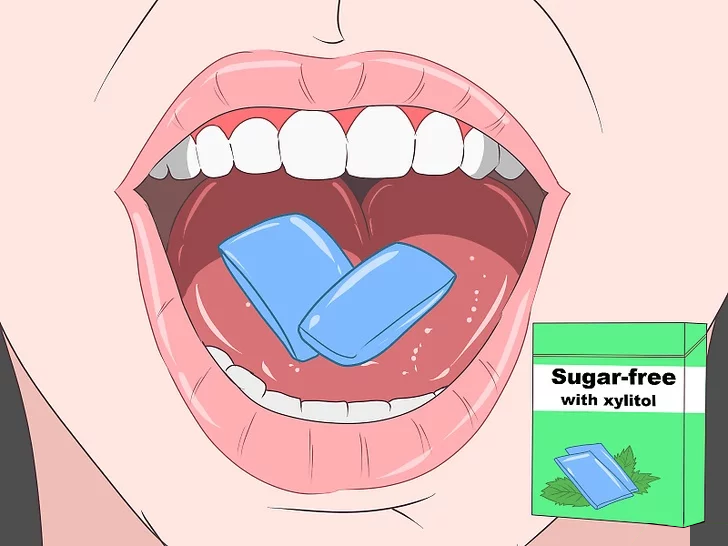
5).Chew sugar-free chewing gum containing xylitol.
Xylitol is a natural alcohol naturally produced by plants. It has an antibacterial effect and can prevent infection. Chewing gum with 1 to 20 grams of xylitol can help kill bacteria so they don't cause or worsen tooth decay. Do you suspect that you have tooth decay? While waiting for medical treatment, you may wish to chew your xylitol chewing gum and delay the process of tooth decay.
--Look for chewing gum certified by the American Dental Association (ADA) to avoid counterproductive.
--Chewing gum also promotes salivation, helps remove food debris, and keeps enamel firm
--Chewing gum also promotes salivation, helps remove food debris, and keeps enamel firm
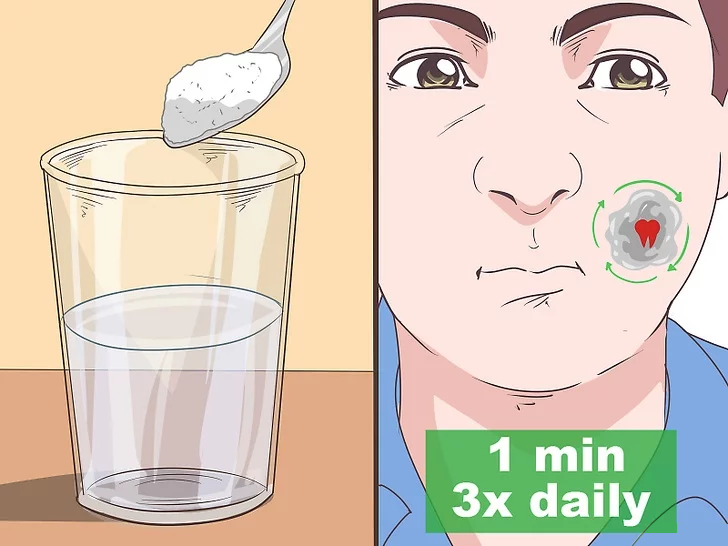
6).Rinse with salt water.
Salt water has an antibacterial effect, and dentists often recommend the use of saline to treat wounds or infections in the mouth. Brine can also kill bacteria that cause tooth decay and help delay the process of tooth decay before you go to the dentist.
--Dissolve 1 teaspoon of salt in a cup of warm water.
--With a mouthful of salt water, gargle for 1 minute, especially with the help of hydraulic flushing of the affected teeth.
--Repeat 3 times a day.
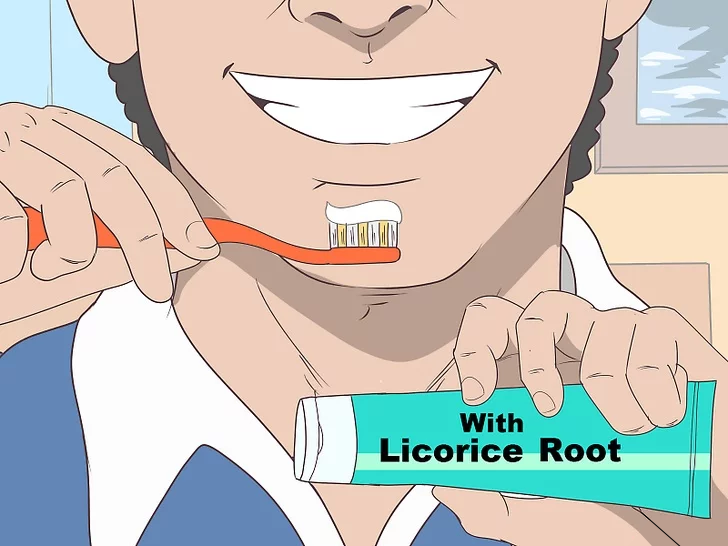
7).Brush your teeth with licorice.
Although not widely studied, there is evidence that licorice can prevent and delay the progression of tooth decay. It may kill bacteria that cause tooth decay and reduce inflammation. While waiting for medical treatment, you may wish to use licorice to delay the process of tooth decay.
--Some brands of toothpaste contain licorice, such as Tom’s of Maine. You can also buy some licorice powder in the store and mix it into the toothpaste.
--Buy licorice without glycyrrhizin. Glycyrrhizin causes serious side effects.
--Before using licorice, it is best to consult a doctor first. It interacts with certain drugs, including angiotensin-converting enzyme inhibitors, insulin, monoamine oxidase inhibitors, and oral contraceptives. People who have liver disease, kidney disease, diabetes, heart failure or heart disease, and hormone-sensitive cancer take licorice, which can also cause health problems.
--Before using licorice, it is best to consult a doctor first. It interacts with certain drugs, including angiotensin-converting enzyme inhibitors, insulin, monoamine oxidase inhibitors, and oral contraceptives. People who have liver disease, kidney disease, diabetes, heart failure or heart disease, and hormone-sensitive cancer take licorice, which can also cause health problems.
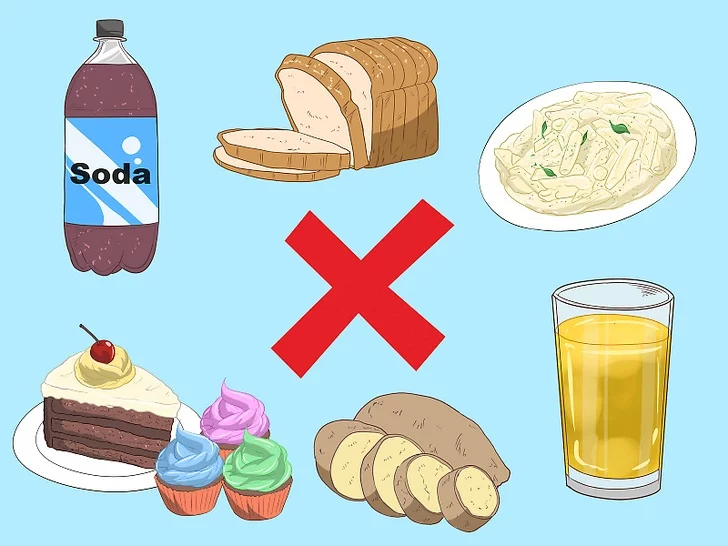
8).Do not take refined sugar.
Tooth decay is caused by acid-producing bacteria that breed in an acidic environment. These bacteria are divided into sugars in plaque. So, you have to eat less sugary foods and drinks. Try to brush your teeth after eating.
Foods high in starch, such as potatoes, bread, and pasta, also create an environment suitable for the survival of acid-producing bacteria. Reduce intake of single and refined carbohydrates and brush your teeth after meals.
二、Visit the dentist

1).Discuss the treatment plan with your doctor.
The doctor will recommend different types of treatment based on the process of tooth decay. If you have any questions about the treatment procedure, please ask the dentist.
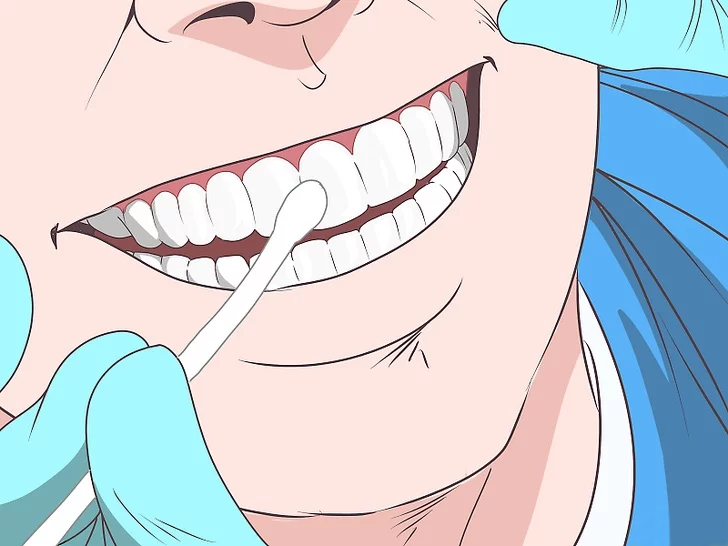
2).Get professional fluoride treatment.
If the cavities are just formed and are still very small, the dentist may recommend non-invasive treatment with high doses of fluoride to treat cavities. He will apply fluoride to his teeth and wait a few minutes to help the affected teeth repair the enamel. Early treatment may re-mineralize the teeth.
--This treatment usually takes only a few minutes, but afterwards it can't be eaten or drunk for at least 30 minutes, allowing the fluoride to penetrate into the teeth.

3).Fill the teeth (if the dentist recommends you do this).
Most people are unable to detect cavities early and reverse them by fluoride treatment. At this time, you need to fill your teeth. The doctor will drill the broken place first and then fill the hole with some substance.
Doctors usually use porcelain powder or composite resin to fill their teeth (especially the anterior teeth). They are the dentist's first choice because they can be adjusted to the exact color of the tooth.
The doctor may also use silver alloy or gold to fix the posterior teeth. They are more sturdy. The posterior teeth usually accumulate more plaque.
Doctors usually use porcelain powder or composite resin to fill their teeth (especially the anterior teeth). They are the dentist's first choice because they can be adjusted to the exact color of the tooth.
The doctor may also use silver alloy or gold to fix the posterior teeth. They are more sturdy. The posterior teeth usually accumulate more plaque.
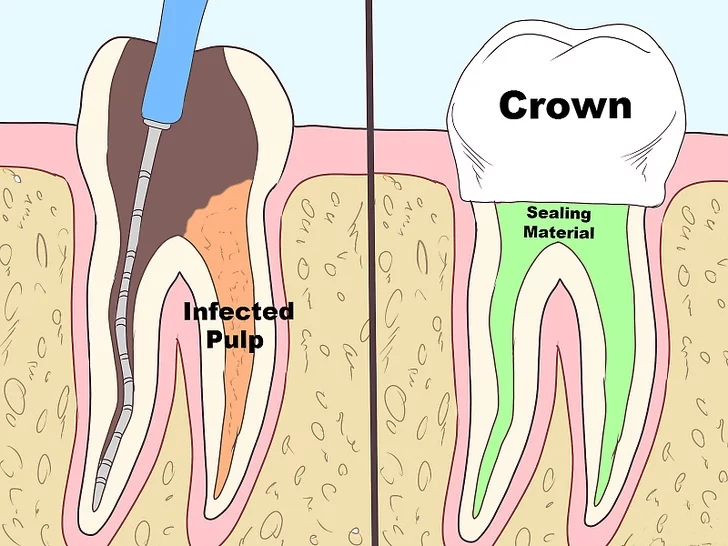
4).If the tooth decay has penetrated the pulp, consult a doctor for root canal treatment.
He will remove the infected pulp, remove the bacteria with a disinfectant, and then fill the teeth with a filling material. If root canal treatment is not useful, you can only pull your teeth.
--Most patients undergoing root canal treatment require a crown to be installed.
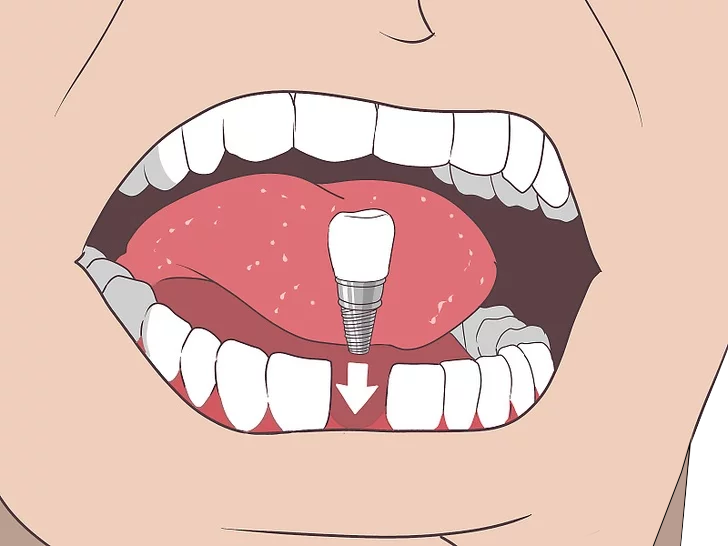
5).If the tooth decay is too serious to be saved, you can consult your doctor for tooth extraction.
In this case, the doctor will remove the affected teeth. After that, you can choose to implant your teeth, make your teeth look good, and avoid other tooth displacement.
三、Prevent Tooth Decay
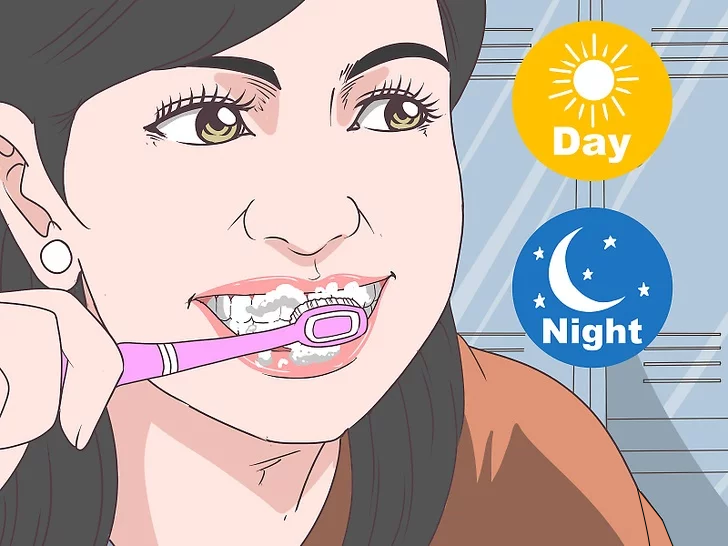
1).Brush your teeth twice a day to keep your teeth clean and healthy.
Use a soft-bristled toothbrush to change one every 3 to 4 months. Follow the instructions issued by the American Dental Association to ensure that you brush your teeth effectively.
--Hold the toothbrush against the teeth at a 45-degree angle to the gum line. Plaque usually accumulates in the gum line.
--Gently move the toothbrush back and forth slightly. The movement range is the width of one tooth.
--Both the outer and inner surfaces of the teeth should be brushed.
--Continue to brush for about 2 minutes.
--Finally brush a tongue. If you don't brush your tongue, you will leave a lot of bacteria, and once you stop brushing, they will grow again.
--Repeat at least 2 times a day.
--Finally brush a tongue. If you don't brush your tongue, you will leave a lot of bacteria, and once you stop brushing, they will grow again.
--Repeat at least 2 times a day.
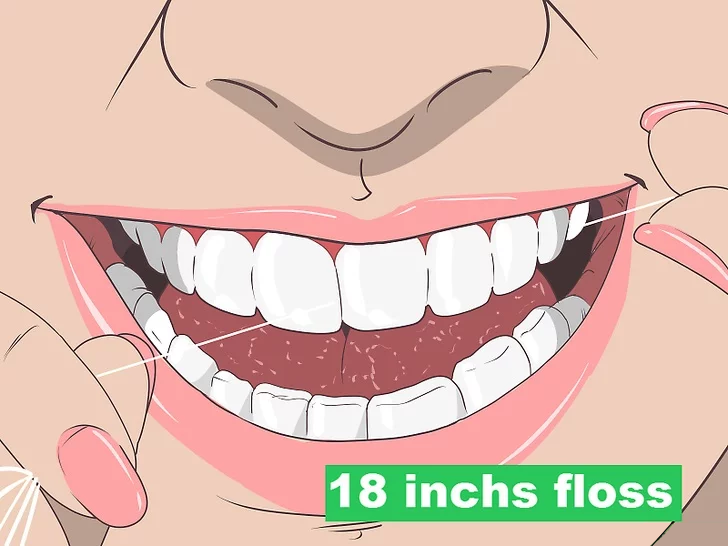
Flossing and brushing are just as important for maintaining oral health. Use dental floss at least once a day, preferably twice a day. Follow the simple steps below to clean your teeth in the right way.
--Take a floss about 45 cm long. Wrap most of the floss tightly around the two fingers.
--Grasp the floss with your thumb and forefinger and gently rub the floss into your teeth.
--When the floss comes to the gum line, it is stretched into a "C" shape along the shape of the tooth.
--Grasp the floss, place it against the teeth, and gently rub it up and down.
--Repeat the entire process for the other teeth.
--Use a new length of floss each time you clean another tooth.
--If your teeth are small (tooth is dense), you can use frayed floss or floss that slips easily into your teeth. You can also use a fine pre-threading floss. The most important thing is to insist on cleaning your teeth in the right way.
--Grasp the floss with your thumb and forefinger and gently rub the floss into your teeth.
--When the floss comes to the gum line, it is stretched into a "C" shape along the shape of the tooth.
--Grasp the floss, place it against the teeth, and gently rub it up and down.
--Repeat the entire process for the other teeth.
--Use a new length of floss each time you clean another tooth.
--If your teeth are small (tooth is dense), you can use frayed floss or floss that slips easily into your teeth. You can also use a fine pre-threading floss. The most important thing is to insist on cleaning your teeth in the right way.
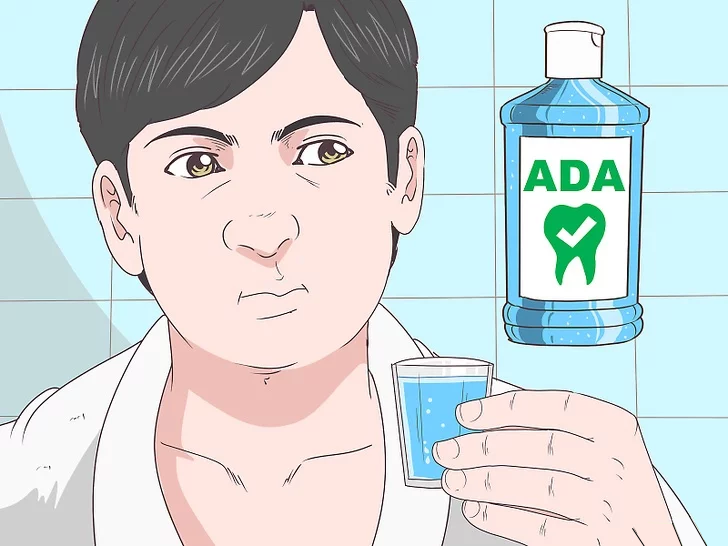
3).Use a mouthwash certified by the Dental Association.
Some mouthwashes can only cover bad breath, not kill bacteria and remove plaque. These bacteria and plaque can cause bad breath and tooth decay. Choose a mouthwash certified by the American Dental Association. Accreditation means that the American Dental Association has examined the product and recognized its ability to fight plaque. Click here to view the American Dental Association certified mouthwash sign.
--Make sure that the mouthwash you buy can reduce plaque, fight gingivitis and cavities, and reduce bad breath.
--There are many mouthwashes with low alcohol content or no alcohol in the market, which can also help oral health. If you can't stand the "burning sensation" of traditional mouthwash, you can buy this type of mouthwash.
--There are many mouthwashes with low alcohol content or no alcohol in the market, which can also help oral health. If you can't stand the "burning sensation" of traditional mouthwash, you can buy this type of mouthwash.
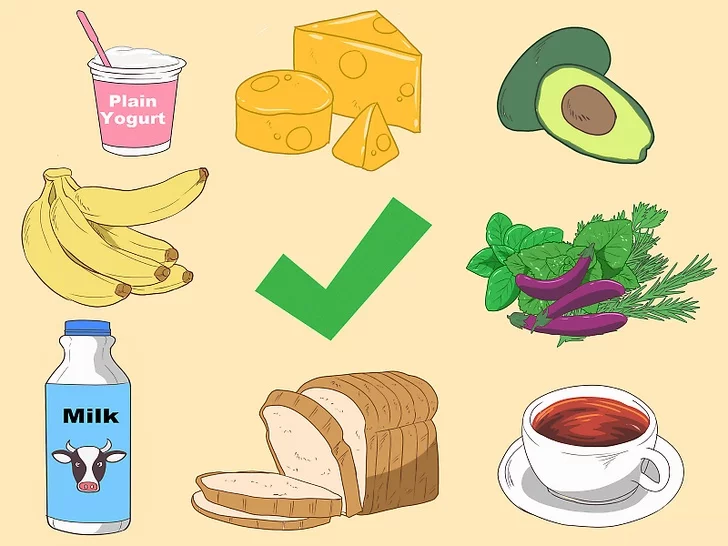
4).Eat foods that are good for your teeth.
The food you eat has a great impact on oral health. Some foods are good for the teeth, and some foods should be eaten less or not at all.
--Eat high fiber food. The fiber helps to wipe away the plaque that sticks to the teeth. It also promotes salivation and helps remove harmful acids and enzymes from the tooth surface. You can get fiber from fresh fruits, vegetables and whole grains.
--Eat dairy products. Milk, cheese and plain yoghurt promote salivation. They also contain calcium, which makes the enamel stronger.
--Drink tea. The nutrients in green tea and black tea help break down plaque and delay bacterial growth. With fluoride-containing blisters, you can double your teeth.
--Avoid sugary foods and drinks. Sugar promotes the growth of plaque and bacteria, which in turn causes tooth decay. Eat less candy and drink soda. If you really want to eat some sweet food, eat it with your meal and drink plenty of water. In this way, the mouth can secrete more saliva, help wash away sugar, and reduce the growth of acidic substances and bacteria.
--Brush your teeth after eating starchy foods. Food such as potatoes and corn can easily get stuck in the teeth and cause tooth decay. After eating these foods, be sure to clean your teeth to avoid tooth decay.
--Brush your teeth after eating starchy foods. Food such as potatoes and corn can easily get stuck in the teeth and cause tooth decay. After eating these foods, be sure to clean your teeth to avoid tooth decay.
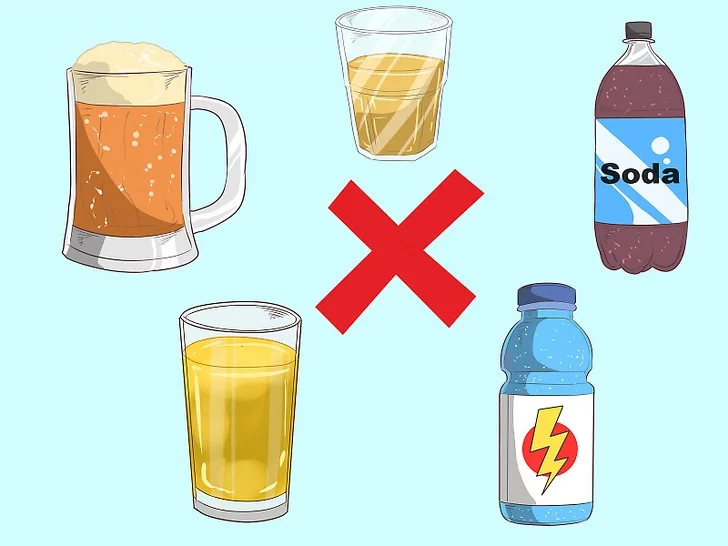
5).Do not drink acidic drinks.
Soda, wine and even juice are acidic drinks that promote bacterial growth and cause tooth decay. Drink moderately or not at all.
--The biggest culprit is sports drinks (Gatorade, Gatorade, etc.), energy drinks (Red Bull, etc.) and soda (such as cola). Carbonation can wear the teeth.
--Drink more water. After drinking an acidic drink, rinse your mouth with water.
--Remember, even 100% pure juice contains sugar. Dilute 100% pure juice with an equal amount of water (especially if given to a child). Drink less juice, and rinse your mouth with water after each drink.

6).Go to the dentist regularly.
The dentist usually wants the patient to visit every 6 months. Follow this timetable and keep your mouth healthy. The dentist will thoroughly clean the teeth and remove the plaque that has accumulated over the past few months. He will also check if you have cavities, gum disease or other oral problems.
Dentists can also find them when they are very young. As long as they are found early, they can be treated with a non-invasive procedure.
For example, changing lifestyles, maintaining proper oral hygiene, and receiving fluoride treatment may be enough to treat very small cavities. These methods can promote "remineralization" and naturally repair the teeth.
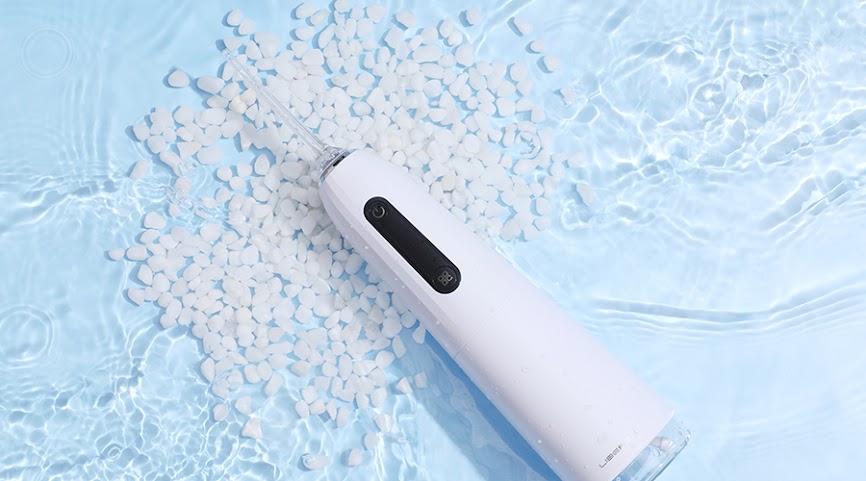
cavity prevention requires a lifestyle change
回复删除nice tips for Tooth decay prevention
回复删除